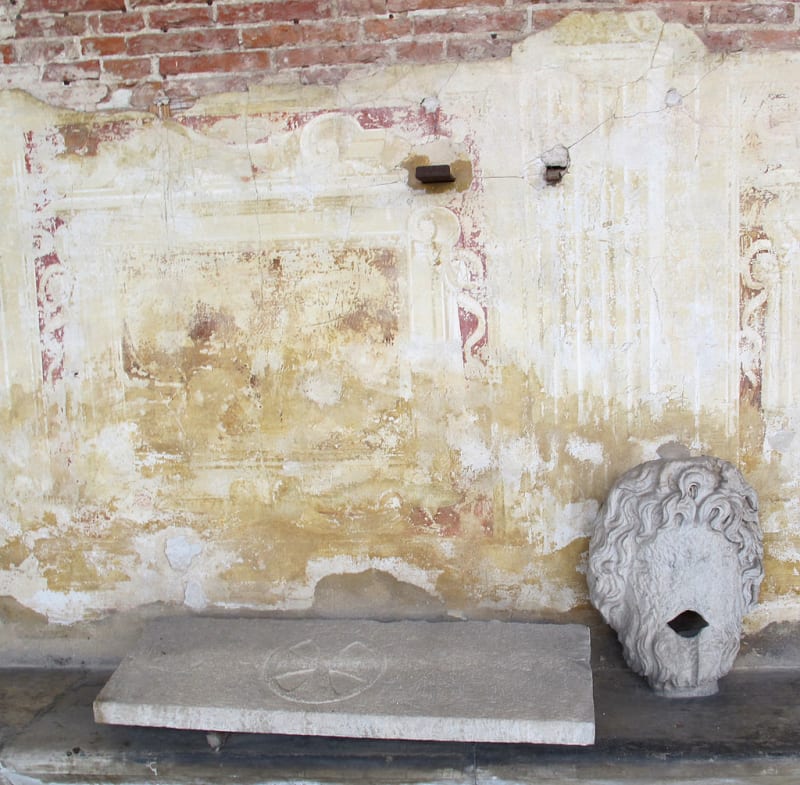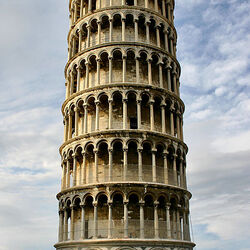Campo Santo
Campo Santo, translated from Italian, means "holy field" - this is one of the sights of Italy, which is located in the north of Pisa's Cathedral Square. This place has many other names, such as "Camposanto Monumentale", meaning "memorial cemetery", and "Camposanto Vecchio", which translates as "old cemetery". As the legend says, this field was located on the spot where Ubaldo de Lanfranchi, who was Archbishop of Pisa in the 12th century, when he was returning from the 4th Crusade, threw some sacred earth from Calvary. Prior to that, instead of the Campo Santo, the ruins of the ancient extension of the church of Santa Reparata, located on the territory of the current Duomo, were located on this site.

Construction history
In the entire history of buildings on Cathedral Square, this landmark has become the 4th in a row. The construction of the cemetery began in the late 1280s. Its construction was carried out by architect Giovanni di Simone. The construction of the Campo Santo came to an end only in 1464. There are rumors that they wanted to build a Holy Trinity church instead of a cemetery, but the plans were changed during the work. It is well known that the construction started from the western part, which is the oldest. The eastern part was the final construction.
Features of Campo Santo
There are several frescoes here, which are also popular among tourists. The first frescoes were painted in 1360, and the rest about three centuries later. One of the most ancient frescoes is the "Crucifixion", located on the southwest side. It was written by Francesco Traini. The Campo Santo Cemetery occupies a large area, consists of about 40 arches and 2 gates. Above the gate, located on the right side of the holy field, which was originally the main one, there is a Gothic-style tabernacle with an image of the Virgin Mary with an infant in her arms and 4 saints. The author of this work, created in the 14th century, is recognized as Giovanni Pisano.

Historical facts
More than half of the tombs are located under arches, but some are located on the lawn in the center. Rounded arches have been erected along the edge of the courtyard located inside. The cemetery has 3 chapels. The oldest of them is the Ammannati, built in 1630. It was named in memory of Ligo Ammannati, a teacher in Pisa. The second chapel is the Aulla. It contained an altar, the author of which was Giovanni della Robia in 1518. The last one is the Dal Pozzo Chapel, built in 1594. Dal Pozzo became a place where items from the cathedral's collection were taken. Among them were two parts of the Life-giving Cross, a small fragment of the Virgin Mary's robe and a thorn from the Crown of Thorns.
In the middle of the 20th century, a bomb fell on the holy field, as a result of which a fire broke out. Because of the heat, the lead on the roof began to melt. It flowed down and damaged several sarcophagi, sculptures and frescoes of the Campo Santo. When peacetime came, everything inside the cemetery was restored for a long time. To date, they are trying to move them to their original places in the cemetery.









